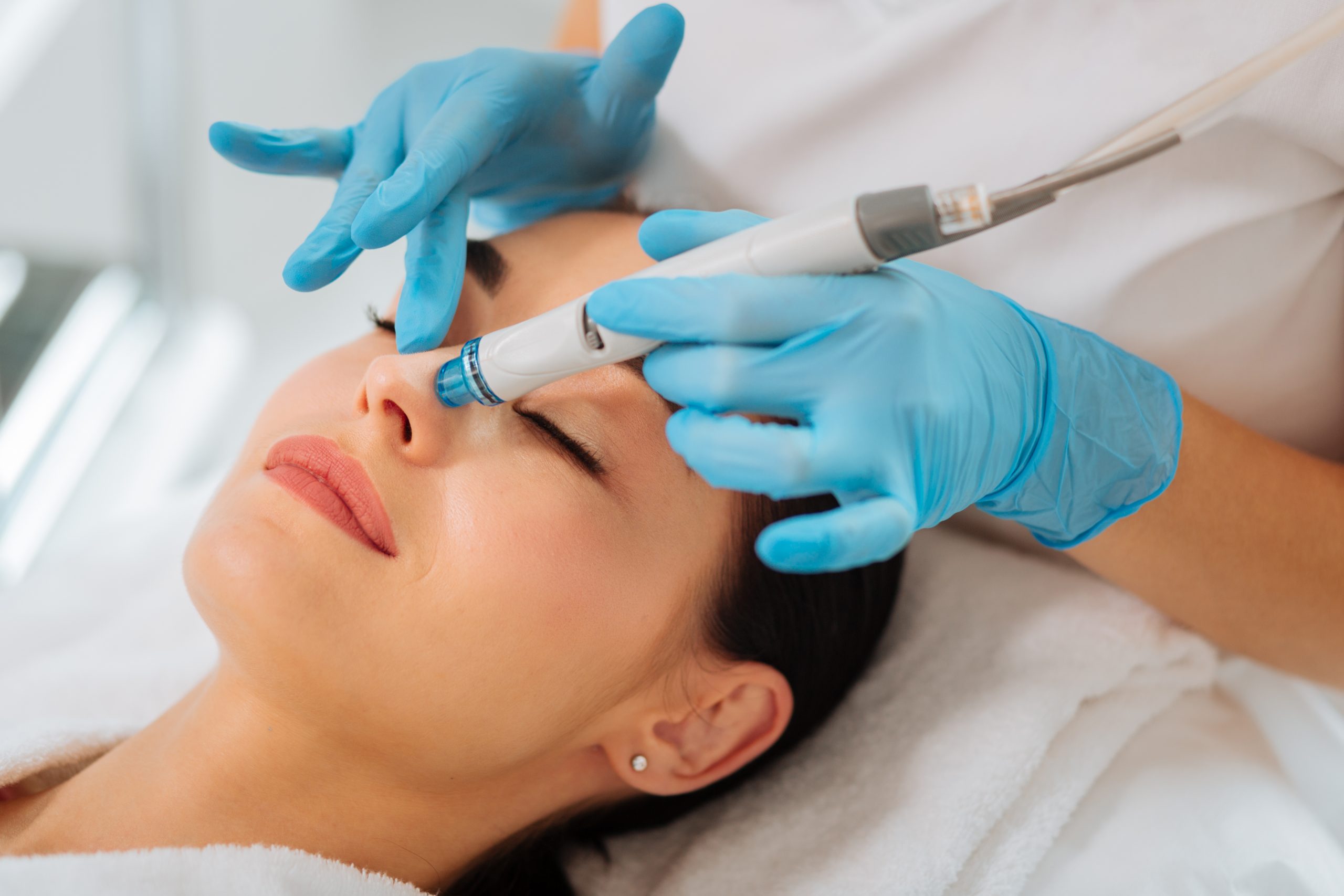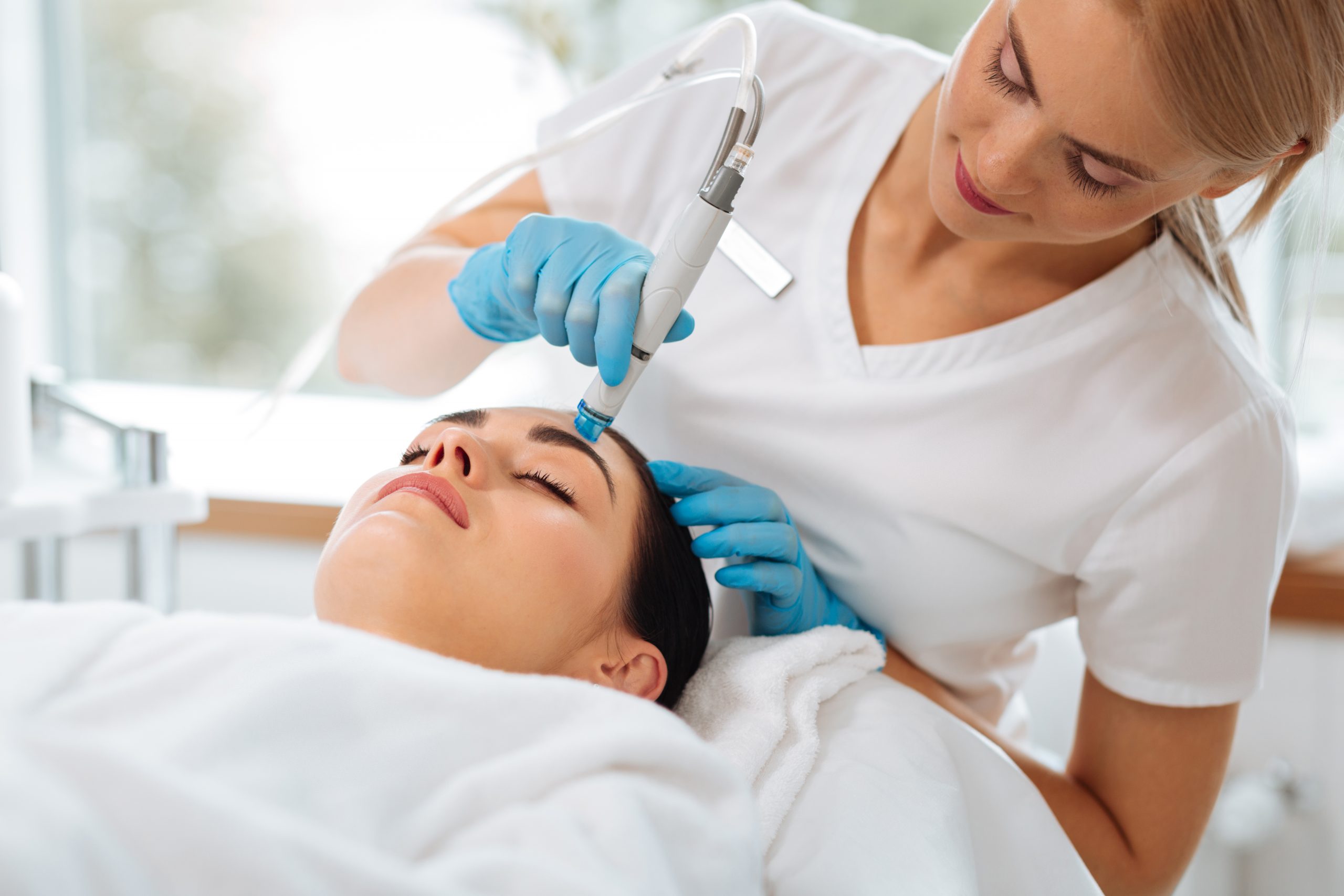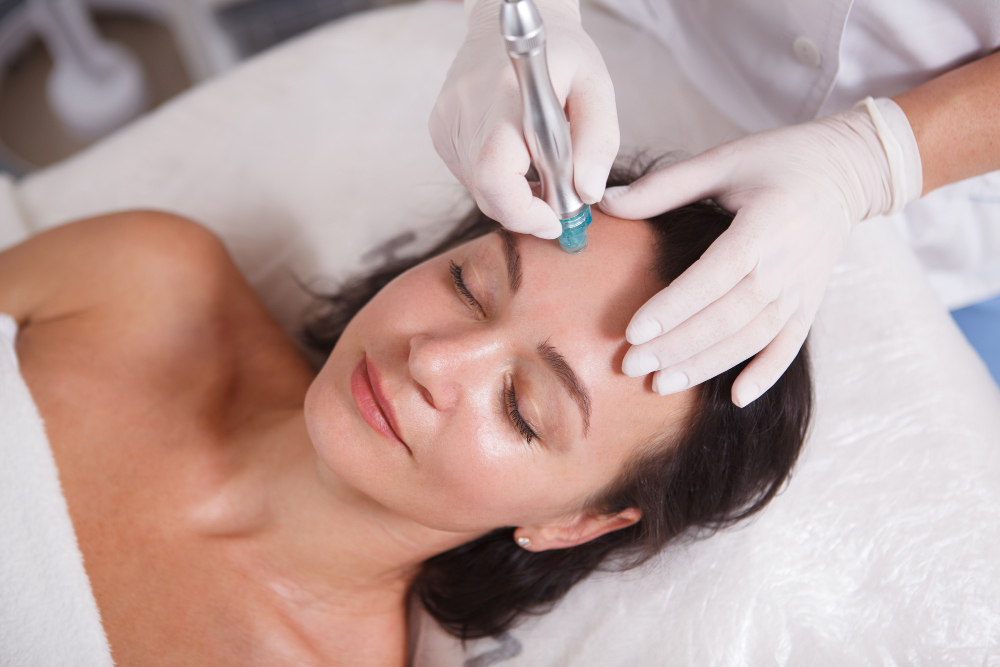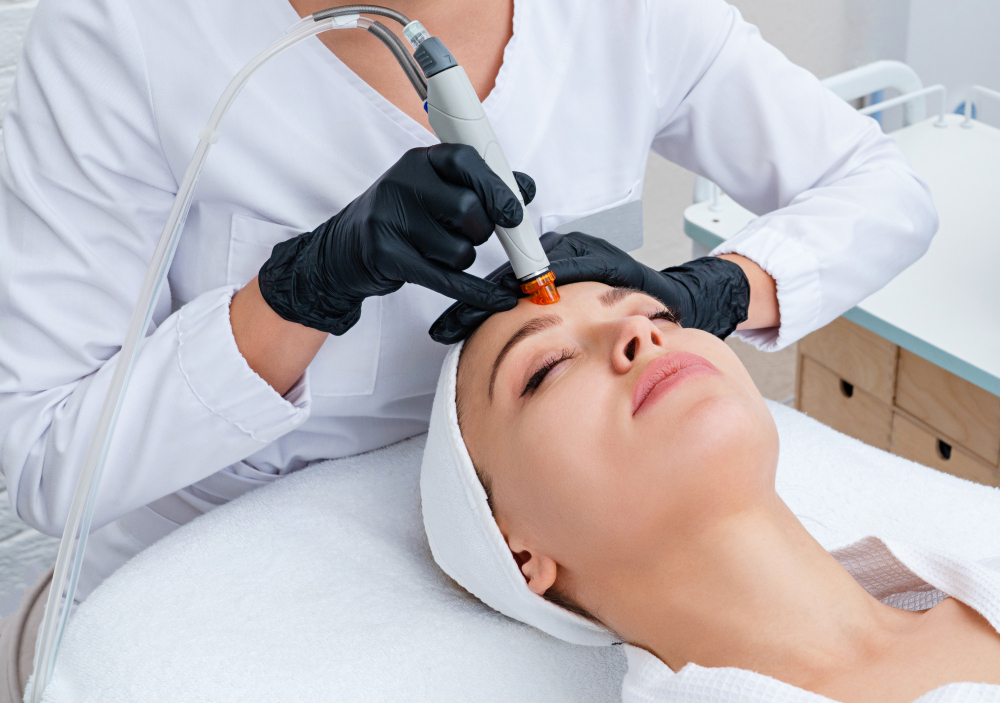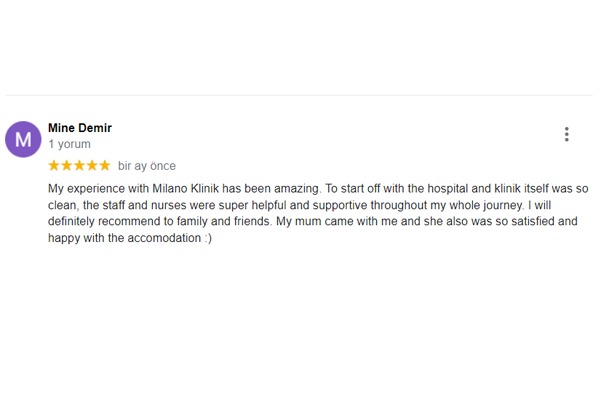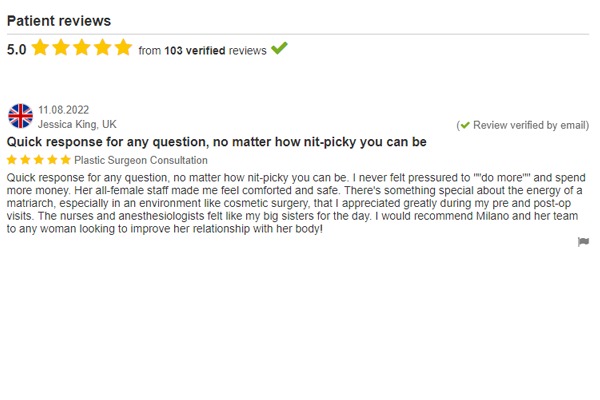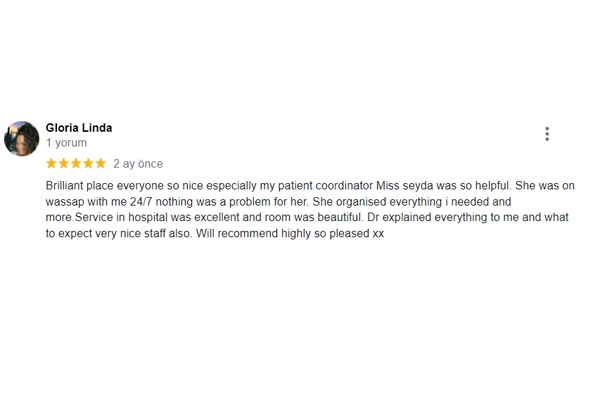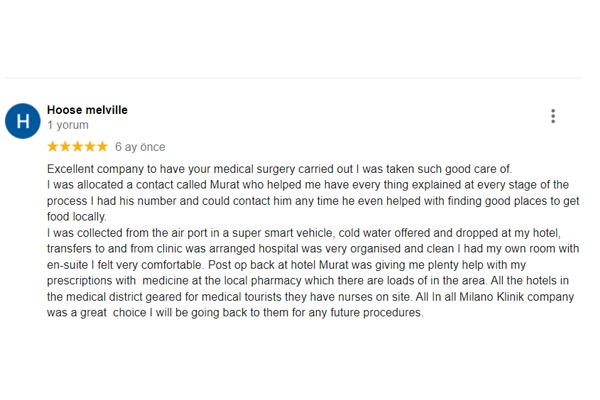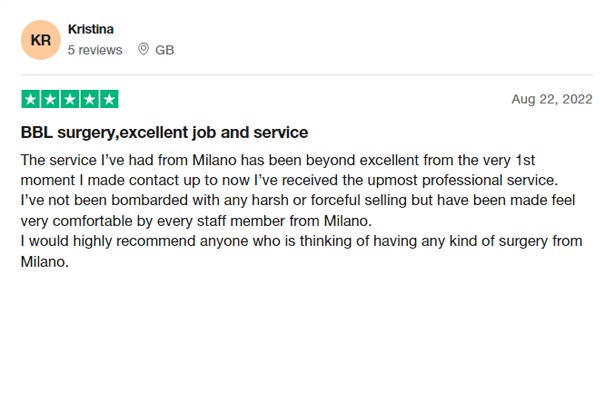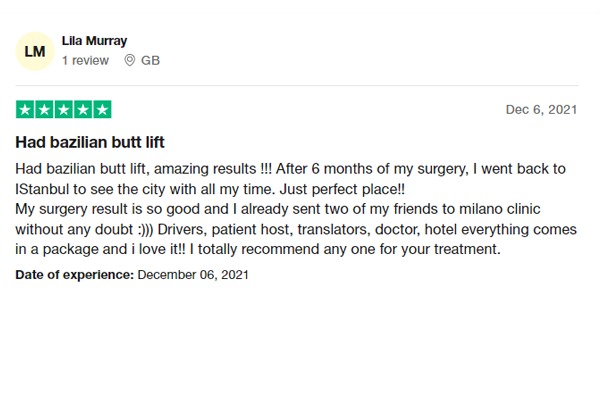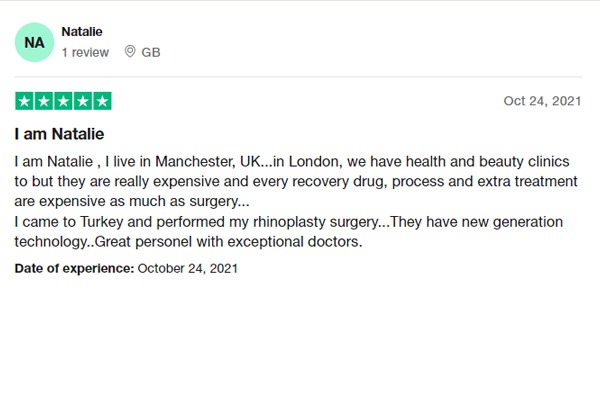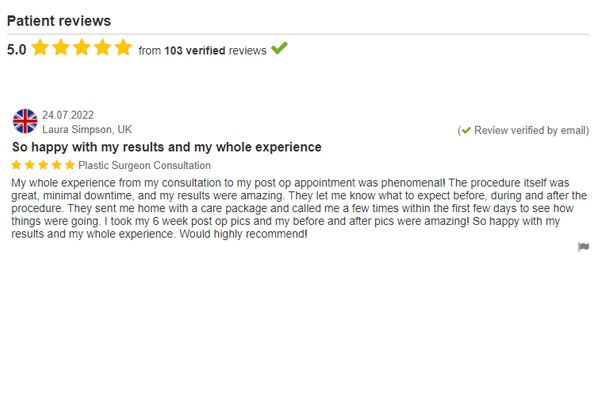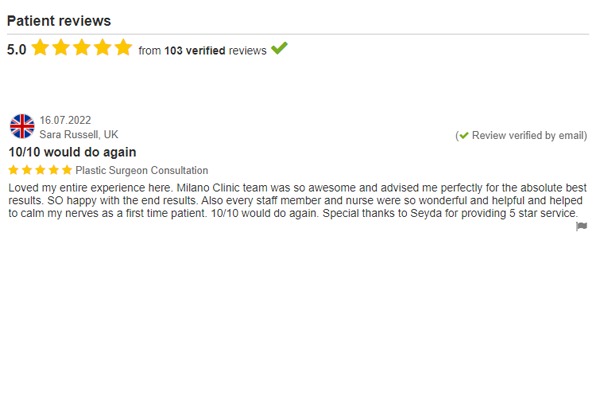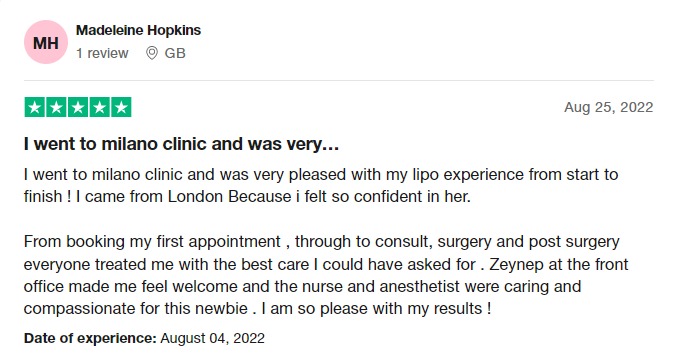FACIAL FAT TRANSFER IN TURKEY
Real Testimonials
MilanoKlinik Comments
Facial Fat Transfer in Turkey
Since the skin is important in every sense and is among the superficial regions seen by everyone, information about facial fat transfer should be collected and surgery should not be performed without having enough information about whether it is suitable for you. Facial fat transfer in Turkey, with the help of experienced surgeons, allows you to have a beautiful face!
Facial Fat Transfer Surgery Card
| Duration of Operation | 1-2 Hours |
| Operation Area | Face |
| Anesthesia Type | General |
| Pain Treshold | 1 Day |
| Start Time | Post/Op 1 |
| First Shower | 1 Days Later |
| Recovery Time | 1 Week |
| Re-operation Status | 1 Year Later & It's Up To Preferences |
| Gym-Cardio | Same Day |
| Suture Mark | No Suture |
| Age Limit | Up From 18 |
| Suture Type | Meltable |
| Oedema Status | Less/Average |
| Hospitalize | - |
| Open/Close Technic | - |
What is Facial Fat Transfer?
Facial fat transfer is an injection into areas of tissue deficiency by taking the patient's fat tissue and undergoing certain procedures.
With facial fat transfer, lip volume may be increased and cheekbones may become more prominent. The cheek and forehead volume can be increased. The depth of the injection and the location of the wrinkles can vary depending on the location and depth. Over time, a portion of the fat tissue can be absorbed and the effect can be reduced. Absorption is generally within the first 6 months. Therefore, multiple sessions may be required.
Cost of Facial Fat Transfer
The complexity of your facial fat transfer is a key element in the cost. Your surgeon may suggest numerous injection sites based on your goals. Other factors influencing the price of face fat transfer include where the surgery is performed, type of anesthesia, and the number of procedures. To get more detailed information about the cost of facial fat transfer contact us!
Frequently Asked Questions About Facial Fat Transfer
What is Facial Fat Transfer Surgery?
As with all medical interventions, the risks involved in this surgery include death. Some undesirable cases have been reported in the medical literature that way developed after fat injection surgery.
In a normal operation and recovery process, unforeseeable and unpredictable pre-operative period, and such situations are not intended to be feared but are intended to be known for information purposes. if appropriate interventions are found doctors are informed by other experts to give more information about the risks of the operation.
There are cases in which injectors can develop an infection in and around the area where fat is taken. Every surgical procedure has a significant impact on the defensive organs of the body, which means the deterioration of skin integrity.
What Should be Done Before the Surgery?
Generally, there are a few suggestions for what should be done before the operation of Facial Fat tTransfer which is important for the woman who is among the subjects of interest.
It is necessary to report to the doctor whether there is a hereditary disease from the family or whether there are drugs that are used regularly or at the moment.
Aspirin and baby aspirin, as well as drugs such as caffeine, ibuprofen painkillers, should be stopped a certain time before surgery. Do not hesitate to use painkillers given by the doctor.
Smoking products such as cigarettes, cigars, and pipes, and alcohol should be left before surgery. These substances disrupt healthy blood circulation and affect the wound healing and the success of the operation, allowing for a higher risk group for general anesthesia. Physicians should be informed about this if the patient is pregnant.
From Where The Fat is Taken?
Fat is taken from the abdomen by special liposuction injectors. The belly and hip regions are also the regions where fat is frequently taken.
How the Facial Fat Transfer is Performed?
Generally, it is performed under local anesthesia and sometimes it can be performed under general anesthesia. The fat tissue to be injected is taken under the umbilicus by the inner and outer parts of the hip and thigh. In this case, the woman is entered through an incision of approximately 3-4 lengths. Fat tissues are collected using special cannulas. The treated fat tissue is injected with an injector to the required percentage.
The facelift process is done on the cheeks with fat injections. The fat is injected through a special injector and transferred to the transfer area. This process does not leave any trace because there is no incision.
How is Facial Fat Transfer Treatment?
People who want to be treated are considered volunteers and are among cosmetic interventions. In this case, it does not have to be a compulsory treatment, and the health is not affected. There are alternatives such as collagen products obtained from animals, Hyaluronic acid, bacterial toxins, synthetic-plastic permanent implants, which are sensitive and have different duration of action.
What Do Specialist and Doctors Say for Infection and Wound?
Even though with specialist physicians working in a suitable environment it is extremely low, these risks may still occur despite all possibilities.
What Should be Done on the Day of Facial Fat Transfer?
If general anesthesia is to be applied, food and drink consumption should be stopped before the surgery. In the afternoon, if the doctor allows the patient can have breakfast at 6 a.m.
If these rules are not obeyed, the operation should be postponed. Regularly used blood pressure drugs can be taken with very little water.
There is no problem with taking a shower on the morning of surgery. But no make-up, hair spray, jelly, or nail polish should be used.
Easy wear and comfortable clothes should be preferred on the day of surgery. Surgical clothing is provided by hospitals.
Jewelry such as rings, necklaces, and earrings should not be used and valuable items should not be brought to the hospital.
Materials such as lenses or dental prostheses are removed before the operation.
How Does an Infection and a Wound Occur?
In the infection and wound area, symptoms show themselves with excessive redness, pain, and inflammatory discharge. In most cases, infections can be prevented by appropriate treatment.
Is Fat Tissue Satisfying?
Too many people are satisfied with their adipose tissues and do not require additional treatments to achieve the desired outcome. However, in spite of all alternatives, it may be necessary in some cases. A portion of the fat filler is sucked, so re-injection may be required.
Is Skin Integrity Bears the Risk of Infection?
Yes, the skin integrity of the deteriorated area also bears the risk of infection and germs. There is the possibility of spreading of the microbe-wound to the abscess or inflammation of the wound or any other area of the body, as well as spreading to the whole body or even leading to death.
Stored Fat Cell
In the application of fat, increased fat can be stored in sterile tubes in the appropriate cooling medium. Re-injection possibilities are possible.
Although it is preferred by patients due to a lack of reabsorption fat, it will be more beneficial to use fresh fats and oils. Fats found in the person's body are more useful than in the ones in the refrigerator. The fat in the refrigerator can reduce the success of the process. In this case, the use of fat in the human body may be more useful. Even if stored in the refrigerator, it does not provide as much success as the human body.
What to Do for Irregular Tuber Views?
Some people may develop an abnormal healing tissue with a hard elastic consistency in pink or red, or skin irregular tubers after skin injuries or surgery. This tissue is called the keloid and when this condition develops, drug injections or additional surgical procedures are required. After injection, fluffy acidimeters can be seen.
Does Fat Injection Provide Permanent Fullness?
If the fat cell transferred to its new location lives, the fat injection is permanent. With some devices developed in recent times, the fat that was taken is transferred to the region without contact with air. Therefore, the retention time of fat is prolonged due to less tissue loss. So the answer is yes.
This is the reason why the use of fat injection hyaluronic acid-containing fillers is superior to refinement processes. The surgical material used to stay alive at the rates varies depending on the way the fat is taken and transferred.
The average amount of fat transferred is 40 and lasts 6 months. Therefore, in some cases, the repetition of fat injection may occur. In some cases, the success rate of the fat injection is slightly higher in the stationary region. Fat injection in the cheek area is more successful, while legs can be less successful in moving rates.
Which Regions are Most Frequently Used for Fat Injection?
Fat injection is the most common to thicken the lips by filling the deep wrinkles at the mouth, filling the cheekbones to fill up or even the jaw is used in areas such as enlarging fat.
Fat injection can also be performed before the procedure for proofing. In people with very uncertain cheekbones, the injection is pre-injected. As a result, the implant is a permanent solution to achieve the same filling. Fats have been previously made to correct the shape of the hips and cause sediments. It is frequently used to correct liposuction deformities. Depression after some accidents can be successfully filled with oil injection.
Does Breasts Grow With Fat Injection?
Breast enlargement is used in the fat injection. Oil injection can be performed in selected cases. Especially in women who do not want too large breasts, if there are sufficient resources of fat in the waist or abdomen, can have better results. The result is much more successful if it provides a natural look and a 1-year duration.
How Long Does the Fat Injection Surgery Lasts?
The fat injection surgery lasts for 30 to 60 minutes on average. It is more suitable to be performed in the operating room even though it is made under local anesthesia. In this way, the comfort of the patient can be increased by using sedatives. It should also be a sterile environment because it consists of too many stages even if it is like a simple method.
What Should be Done After the Surgery?
The head should be as high as possible on the back and sideways while lying down.
Painkillers to be used as a mild pain medication are generally preferred including paracetamol, acetaminophen, or dipyrone. Aspirin or aspirin-like painkillers and other blood-thinning drugs are not used until the doctor says otherwise.
For at least 1 week, intense exercise should be avoided. Make-up can be done after 24 hours. Skincare products such as retinoid or glycolic acid should not be used for one day. Do not use facial expressions in the application area for 3 days. Should an unexpected effect develop, the surgeon should be consulted.


